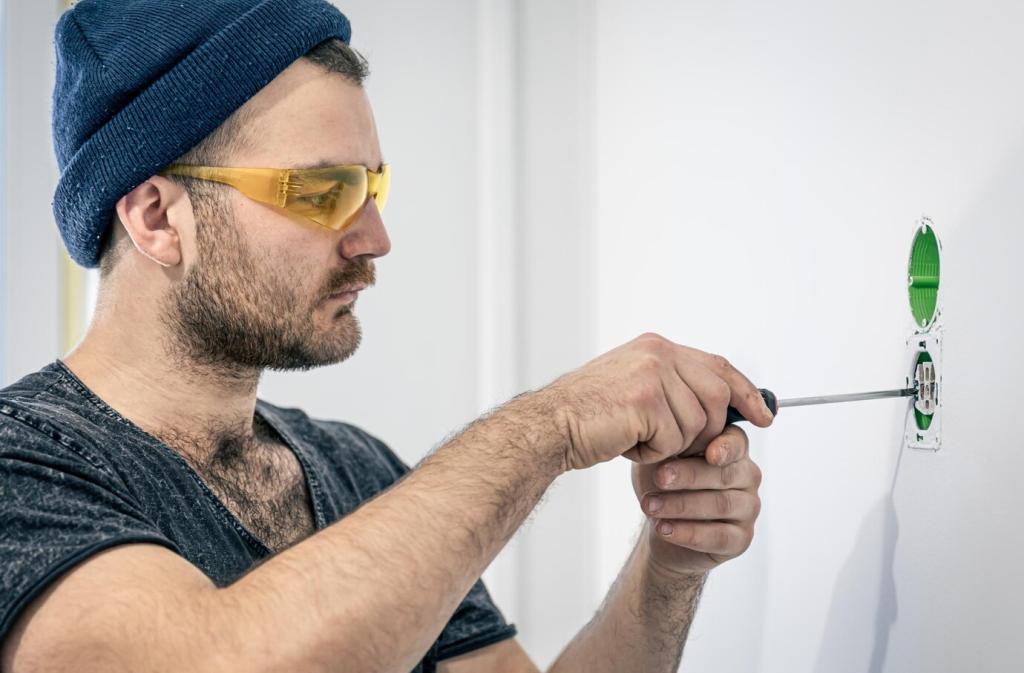Thermal and Environmental Resilience
Elevated racking and clear rear channels reduce backsheet temperatures. Even a small thermal relief delivers annual energy gains. Which mounting tweaks delivered the coolest modules on your hottest days? Add your results to the discussion.
Thermal and Environmental Resilience
Light-colored rooftops, strategic landscaping, and reflective surroundings influence module temperature. Consider albedo effects for bifacial gains without overheating. Have you quantified microclimate impacts with sensors? Share charts or anecdotes for the community to learn.






